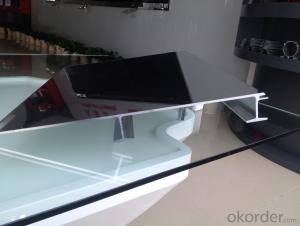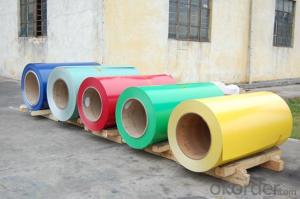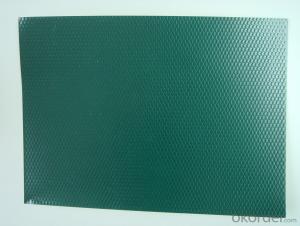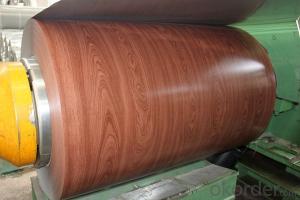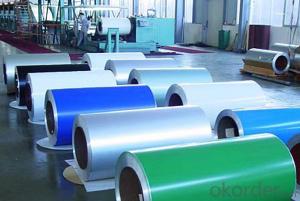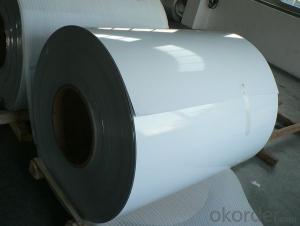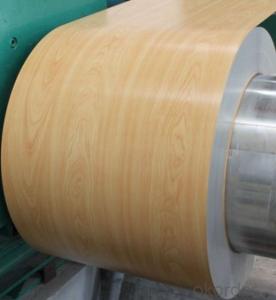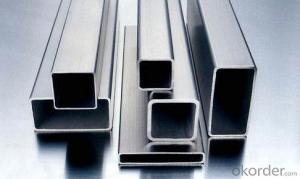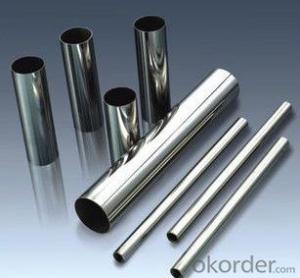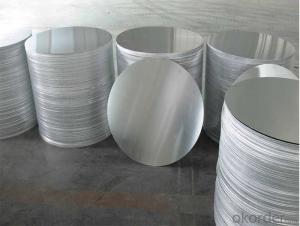Ribbed Aluminum Plate
Ribbed Aluminum Plate Related Searches
Led Light Bulbs For Ceiling Fixtures Led Lamps For Ceiling 42 In Ceiling Fan With Light Aluminum Coil Stock For Gutters Aluminum Foil For The Grill Hole Saw For Aluminum Plate Aluminum Tread Plate For Trailer Bow Plate For Aluminum Boat Aluminum Foil For Grow Room Aluminum Foil For Joint PainHot Searches
Stock Price For Aluminum Aluminum Coil Stock For Sale Aluminum Gutter Coil For Sale Used Aluminum Scaffolding For Sale 1/4 Aluminum Plate For Sale Aluminum Bar Stock For Sale Aluminum Round Stock For Sale Aluminum Diamond Plate For Sale Aluminum Scaffolding For Sale Craigslist 6061 Aluminum Plate For Sale Aluminum Dock Plate For Sale 7075 Aluminum Plate For Sale Aluminum Tread Plate For Sale Aluminum Checker Plate For Sale Aluminum Plate For Sale Near Me Plate Aluminum For Sale Aluminum Plate For Sale Aluminum Square Stock For Sale Aluminum Flat Stock For Sale Billet Aluminum Stock For SaleRibbed Aluminum Plate Supplier & Manufacturer from China
Okorder.com is a professional Ribbed Aluminum Plate supplier & manufacturer, offers integrated one-stop services including real-time quoting and online cargo tracking. We are funded by CNBM Group, a Fortune 500 enterprise and the largest Ribbed Aluminum Plate firm in China.Hot Products
FAQ
- Aluminum pipes, indeed, prove to be fitting for the storage of pharmaceutical products. Being lightweight and durable, aluminum emerges as an exceptional material, resistant to corrosion. This quality makes it an optimal option for storing medications securely. Furthermore, aluminum is non-toxic and exhibits minimal reactivity towards most medications, thereby assuring the integrity and safety of the stored drugs. Notably, the convenience of cleaning and sterilizing aluminum pipes is pivotal in upholding the hygiene and quality standards of pharmaceutical products. Consequently, aluminum pipes offer a dependable and effective solution for fulfilling pharmaceutical storage requirements.
- There are several bending techniques available for aluminum pipes, each with its own advantages and limitations. 1. Rotary Draw Bending: This is the most common bending technique used for aluminum pipes. It involves clamping one end of the pipe while a bending die is inserted into the other end. The pipe is then drawn around the die using a rotating bend arm. Rotary draw bending provides precise and accurate bends with minimal distortion. 2. Mandrel Bending: This technique uses a mandrel, which is a solid rod inserted into the pipe during the bending process. The mandrel prevents the pipe from collapsing or wrinkling during the bend, resulting in smooth and uniform bends. Mandrel bending is commonly used for tight radius bends or when maintaining the pipe's cross-sectional shape is crucial. 3. Roll Bending: This technique involves passing the aluminum pipe through a series of rollers to gradually form the desired curve. Roll bending is suitable for large diameter pipes and can achieve a wide range of bend radii. However, it may cause some deformation and flattening at the bend point. 4. Induction Bending: This technique uses heat induction to soften the aluminum pipe before bending. The softened pipe is then slowly bent using hydraulic or mechanical forces. Induction bending is preferred for large diameter pipes or when complex shapes are required. It offers precise control over the bending process and minimal distortion. 5. Compression Bending: This technique involves compressing the pipe against a stationary die to form the desired bend. Compression bending is commonly used for small diameter aluminum pipes and is often performed manually. It is a cost-effective bending method but may result in some flattening or deformation. It is important to consider the specific requirements of your project, such as bend radius, pipe diameter, and desired appearance, when choosing the appropriate bending technique for aluminum pipes. Consulting with a professional or an experienced metal fabricator can help in determining the best bending method for your specific application.
- Does the refrigerator pipe system leakage within the snow, what glue trap.... I am not burning burning aluminum.
- If the pipeline can be wiped clean, and then use the glass fiber cloth and epoxy adhesive, as well as brothers, bandage, circle, glue coating again, in the circle, so that they can stick to live compression
- Certainly! Aluminum pipes are capable of being welded. Aluminum is an incredibly weldable substance and can be easily connected using a variety of welding methods such as TIG welding, MIG welding, and even oxy-acetylene welding. Nevertheless, it is worth noting that, due to its unique properties, welding aluminum necessitates specific techniques and considerations. For instance, aluminum possesses greater thermal conductivity and a lower melting point in comparison to other metals, thus necessitating more precise heat control throughout the welding procedure. Furthermore, when exposed to air, aluminum forms an oxide layer that can impede the welding process. Consequently, it is crucial to thoroughly clean and prepare the surface of the aluminum prior to welding, guaranteeing a sturdy and reliable weld joint.
- How smooth is the hollow aluminum tube bent?
- Composite insulating tube type busbar busbar is used in transmission and distribution network, compared with the traditional rectangular copper busbar, it has a large carrying capacity, low skin effect, small power consumption, good heat dissipation, low temperature, strong electric insulation and other characteristics, is a new product in recent years in developed countries have been widely recognized. This project will be built into an international advanced and domestic production line with a new type of composite insulated pipe type bus and structural parts with an annual output of 31 thousand meters.
- Generally, aluminum pipes exhibit resistance to various chemicals. Aluminum is renowned for its ability to resist corrosion, which also applies to its resistance against chemical substances. When exposed to air, aluminum naturally forms an oxide layer on its surface, acting as a protective barrier against many chemicals. However, it is important to acknowledge that certain chemicals, such as potent acids or alkaline substances, can still corrode or react with aluminum. In such instances, it might be necessary to utilize additional protective coatings or linings on the aluminum pipes to ensure full resistance. Furthermore, it is always advisable to seek advice from experts and consult specific chemical compatibility charts to determine the suitability of aluminum pipes for particular chemical applications.
- The air conditioner is broken in the middle of the aluminum tube. How can I weld it?
- There are two kinds of welding methods for aluminum pipe.Method: gas, liquefied gas welding gun with WE-Q303 low temperature aluminum wire.Method two: AC argon arc welding, argon arc welding with aluminum argon arc welding machine.











